Gender: Male
Turner, John (Lynching of)
Turner, Otis Hawes
Turner, William (Lynching of)
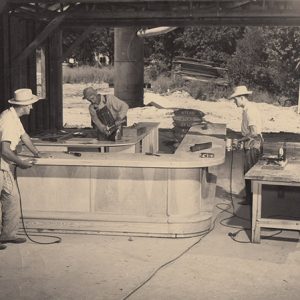 Claude Turney
Claude Turney
 Claude Turney
Claude Turney
 Turney Brochure
Turney Brochure
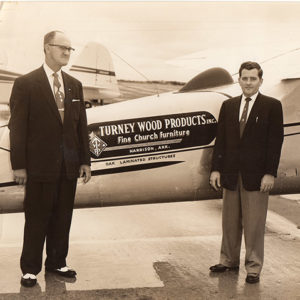 Turney Plane
Turney Plane
 Turney Plant Workers
Turney Plant Workers
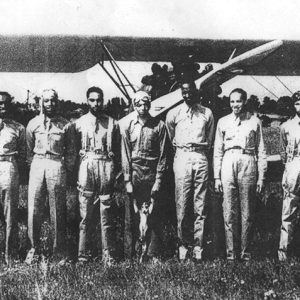 Tuskegee Airmen
Tuskegee Airmen
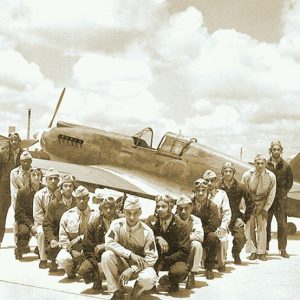 Tuskegee Airmen Class 42-F
Tuskegee Airmen Class 42-F
Twelfth Arkansas Infantry (CS)
Twelfth Arkansas Infantry Battalion (CS)
aka: Rapley's Sharpshooters
Twentieth Arkansas Infantry (CS)
Twenty-Eighth/Thirty-Sixth Arkansas Infantry (CS)
Twenty-Fifth Arkansas Infantry (CS)
aka: Thirtieth Arkansas (CS)
Twenty-First Arkansas Infantry (CS)
Twenty-Fourth Arkansas Infantry (CS)
Twenty-Second/Thirty-Fifth Arkansas Infantry (CS)
Twenty-Seventh Arkansas Infantry (CS)
Twenty-Sixth Arkansas Infantry (CS)
Twenty-Third Arkansas Infantry (CS)
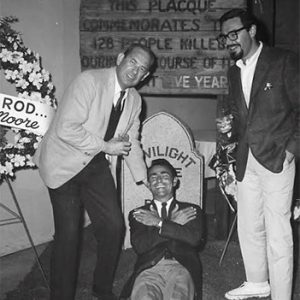 Twilight Zone Finale
Twilight Zone Finale
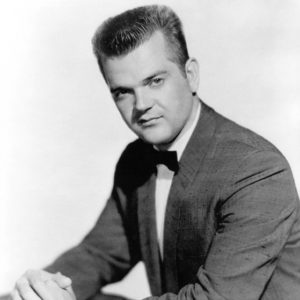 Conway Twitty
Conway Twitty
 Conway Twitty
Conway Twitty
Twitty, Conway
aka: Harold Lloyd Jenkins
Tyer, Gaylord Arlo
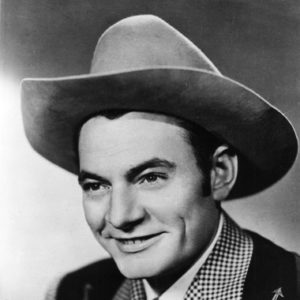 T. Texas Tyler
T. Texas Tyler
 T. Texas Tyler
T. Texas Tyler
Tyler, T. Texas
aka: David Luke Myrick
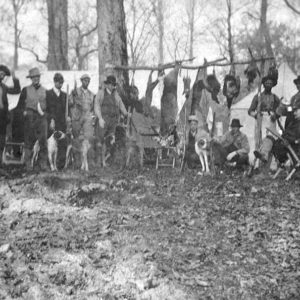 Tyronza Hunters
Tyronza Hunters
Tyson, Don
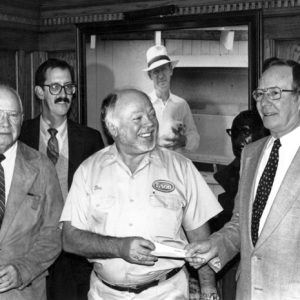 Don Tyson
Don Tyson
 Don Tyson
Don Tyson
 UCV Reunion
UCV Reunion
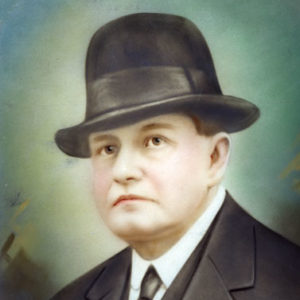 Sidney Umsted
Sidney Umsted
Umsted, Sidney Albert
aka: Sid Umsted
Underwood, James M. (Execution of)
 Union County Lynching
Union County Lynching
Union County Lynching of 1873
Union Transport near St. Charles, Attack on
aka: Attack on U.S. Transport Marmora (October 22, 1864)
United Confederate Veterans (UCV)
United Confederate Veterans Reunion of 1928
United Confederate Veterans Reunion of 1949
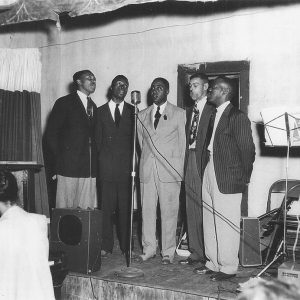 United Harmonizers
United Harmonizers
United Mine Workers of America (UMWA)
United Sons of Ham of America
aka: Sons of Ham
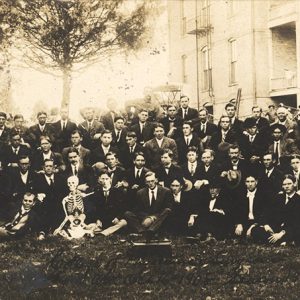 UAMS Students; 1908
UAMS Students; 1908
 UA Football Team
UA Football Team




